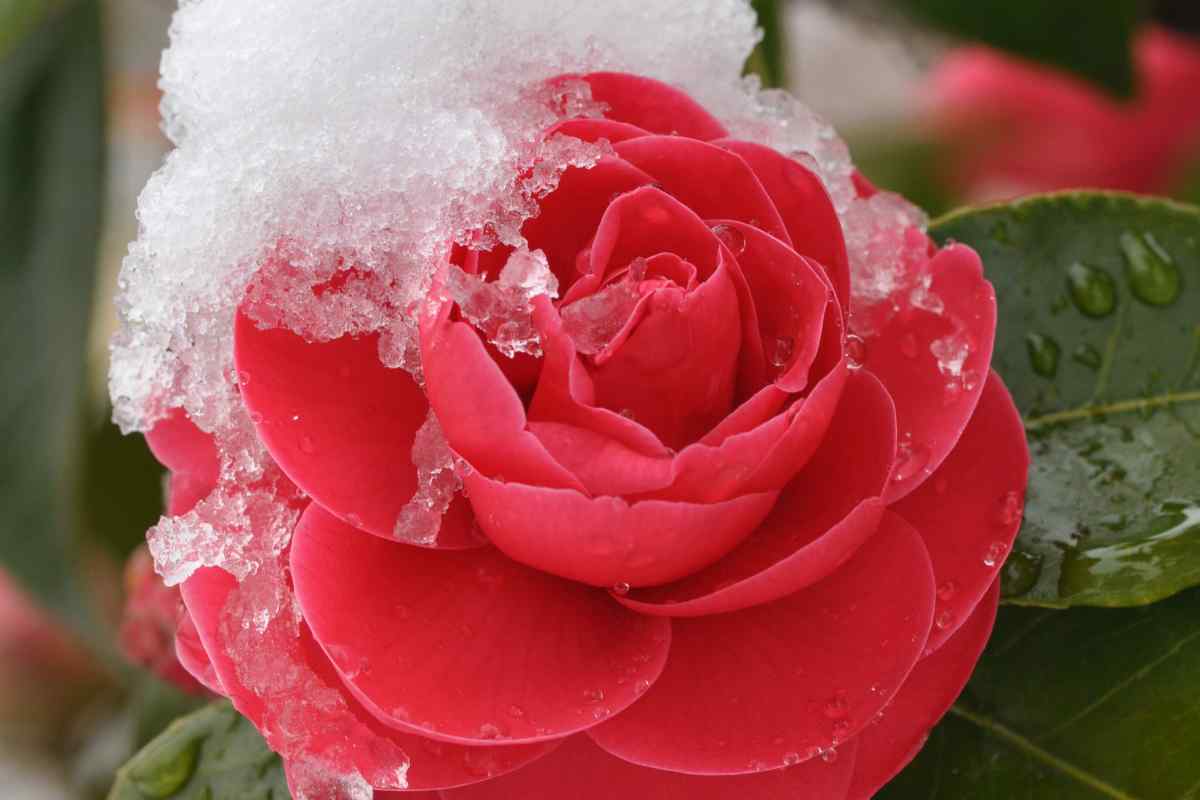
Embracing Winter: Adding Beauty to Your Frosty Garden
Winter is often thought of as a dormant season for the garden, with an absence of vigour and colour. However, the winter garden can be just as vibrant and lively as other seasons! With a little bit of creativity and planning, your garden can showcase stunning winter colours, and attract a variety of birds to liven up your outdoor space. Let’s explore the beauty of winter gardening, winter garden colour, protecting your plants during the cold weather, and not only caring for your garden but also tips on how to care for those beautiful birds who reside in your garden!
Table of Contents
Winter Garden Colour
Winter gardens can be just as colourful as any other time of year. The key is choosing the right plants that thrive and blossom in cold weather. There are many options to choose from, such as daphne, viburnum, camellias, and hellebores. These plants will add beautiful shades of white, pink, red, and even yellow to your garden. Remember bulbs like crocuses, winter aconites (eranthis), and snowdrops (galanthus) are perfect for early spring blooms as well. Shortly into the new year, beautiful blooming flowers will begin to appear, adding multitudes of colour to your garden! So, don’t let the winter weather discourage you. There is plenty of garden colour available in the winter!
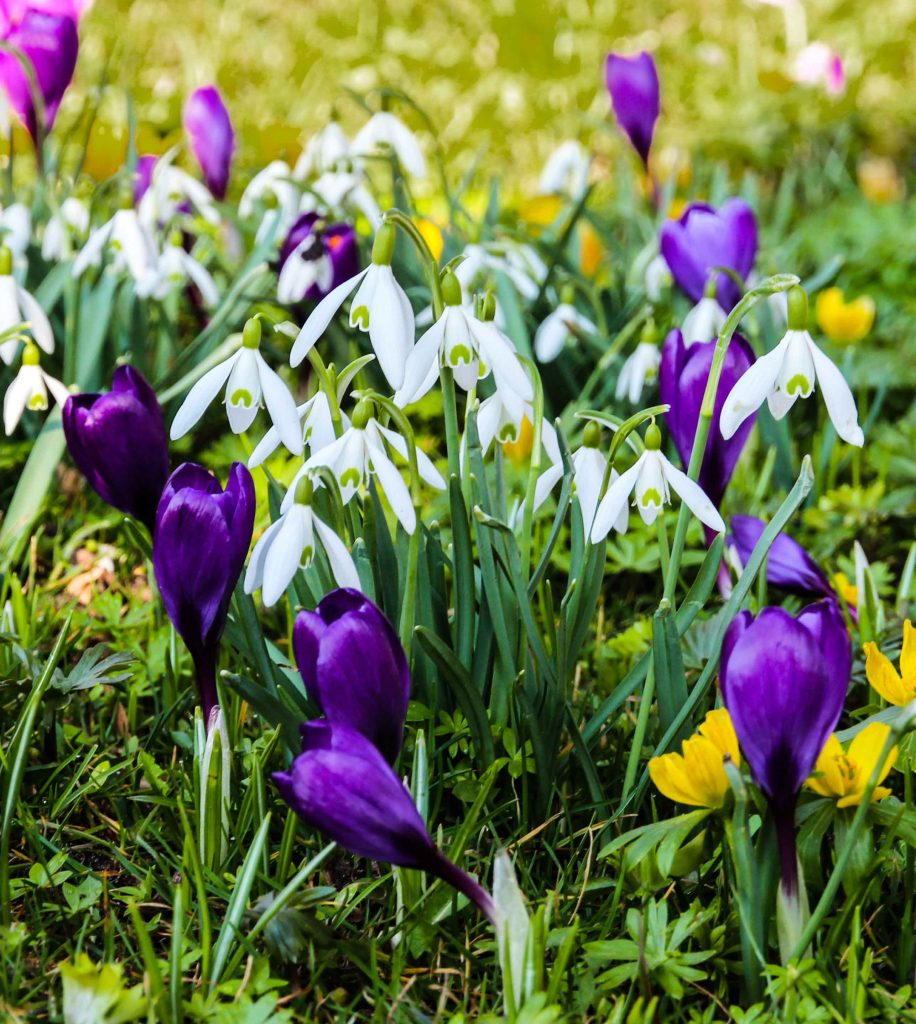
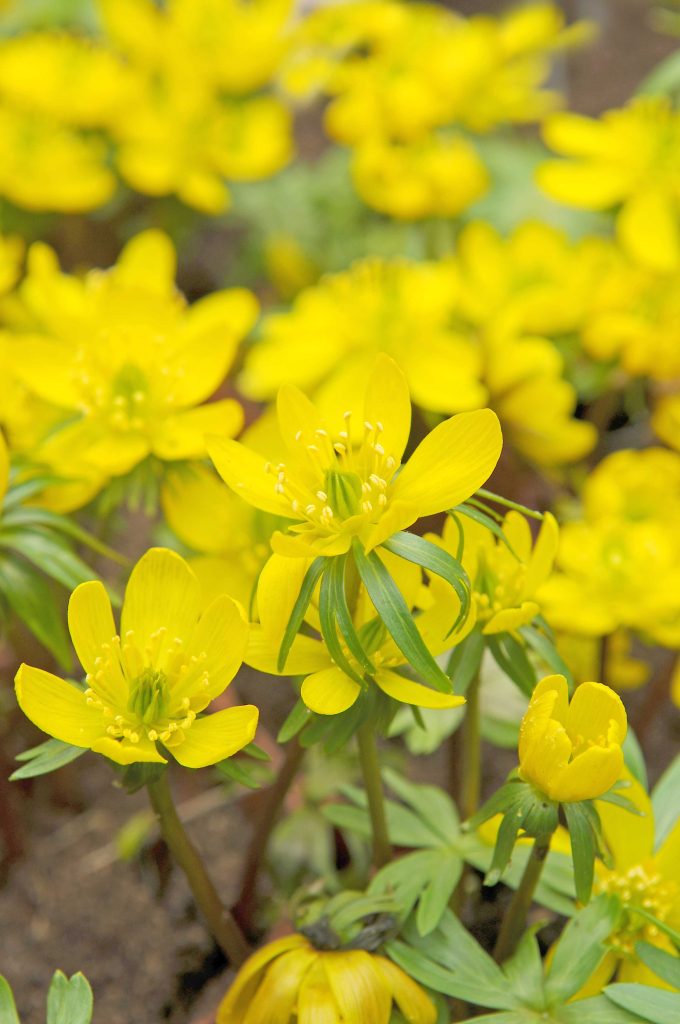

Daphne
If you’re looking to add a touch of fragrance and delicate beauty to your garden, look no further than daphne. These shrubs are perfect for zones 7-9, so if you’re lucky enough to live in these balmy regions, you’re in for a fragrant treat. When planting daphne, make sure you have well-draining soil, ideally with morning sun and afternoon shade. Daphne’s claim to fame is her intoxicating fragrance, which she loves to flaunt during late winter to early spring, much to our delight. With varieties like Daphne odora Aureomarginata (yellow-edged) and Daphne mezereum Rubra (red-pink), you can add a pop of colour and a burst of fragrance to your garden even when winter is in full swing. So, let daphne bring some star power to your winter garden, and watch her bloom while the world stays bundled up.
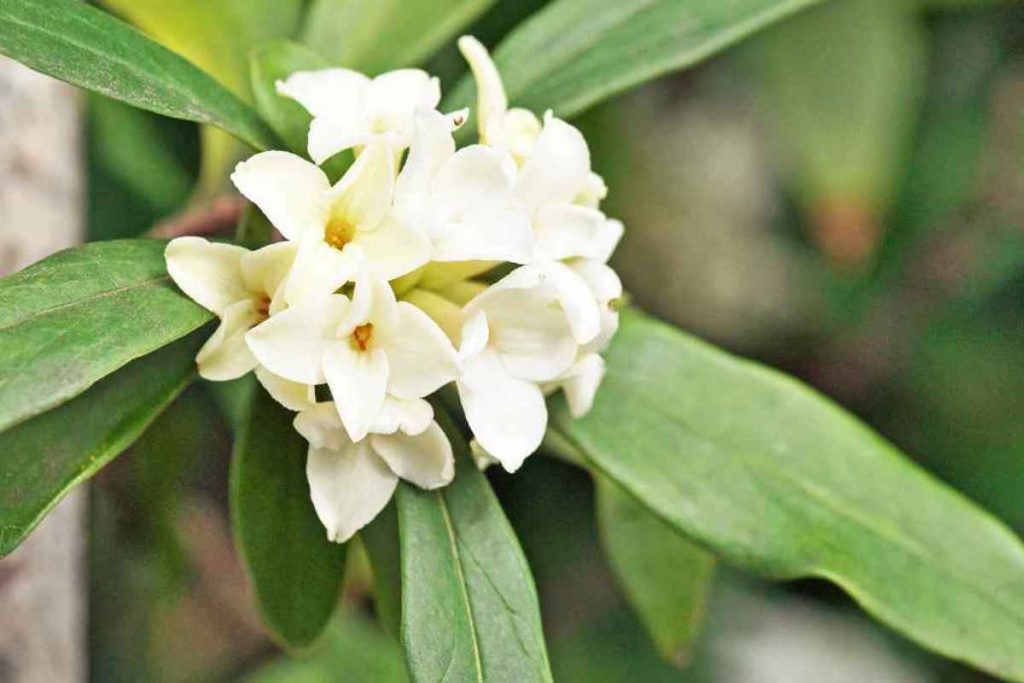
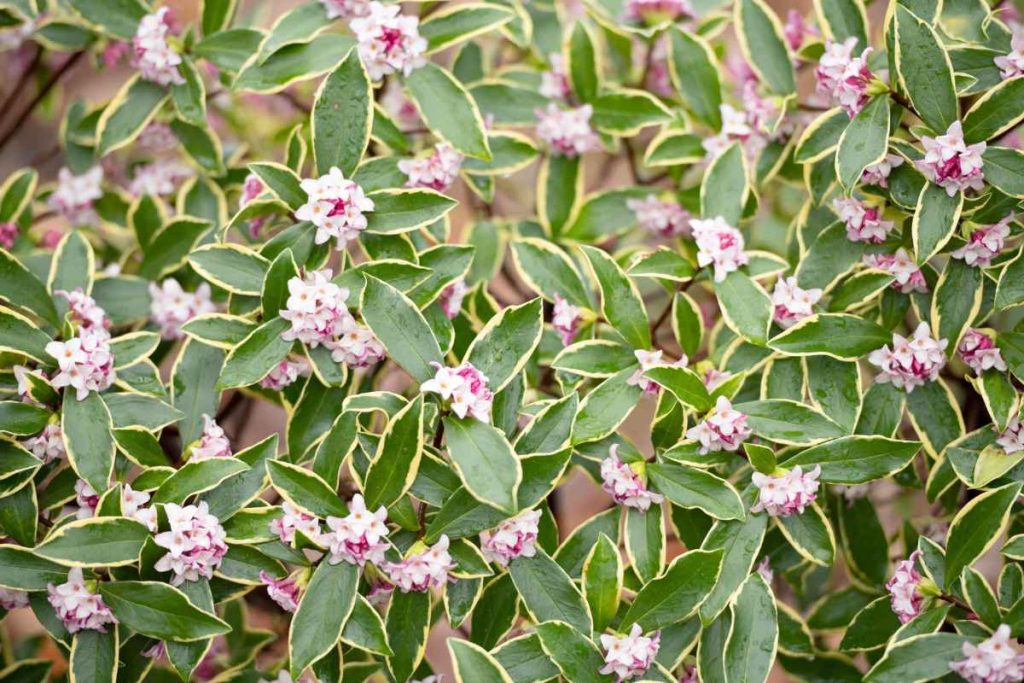
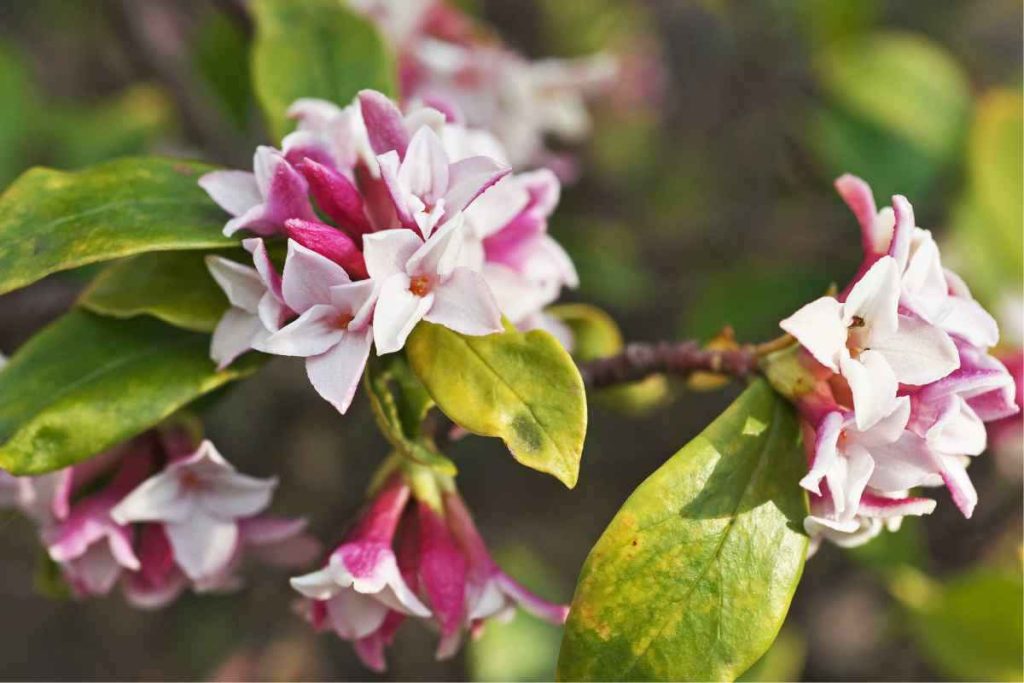
Viburnum
Another way to add some life into your winter garden is by adding viburnums. Viburnum is a genus of shrubs and small trees that are primarily known for their attractive foliage and beautiful blooms. Viburnum is comfortable in zones 2-9, making it a superstar from the chilly north to the sunny south. As viburnums have year-round appeal, they are perfect for the winter garden, bursting into bloom from late winter to early spring. With a wardrobe boasting an array of colours and varieties, such as Viburnum x bodnantense Dawn (a pink showstopper) and Viburnum tinus (a cool-weather classic), you can count on these shrubs to be the life of the garden party.
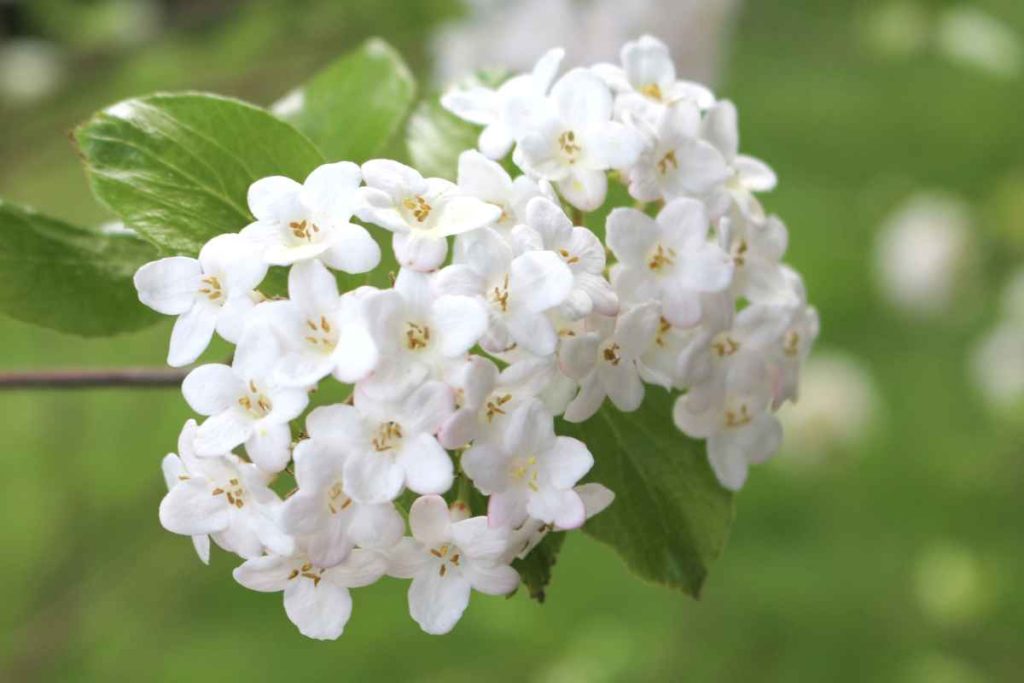
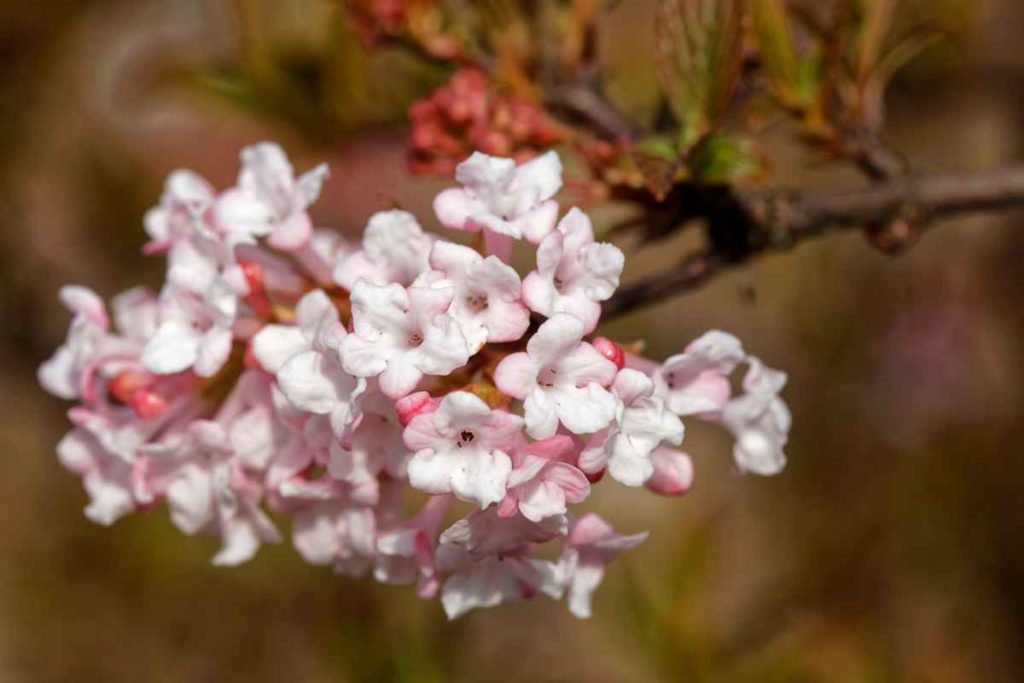
Camellia
Camellias are popular garden plants that are known for their beautiful blooms. They are easy to care for and can thrive in a variety of climates, ideally in zones 6-10. Whether you’re tending to a traditional garden or transforming your urban balcony into a floral wonderland, these glamorous shrubs can make any space their stage. One of the best things about camellias is that many bloom in the winter. While the rest of your garden may look less than vibrant, your camellias will bring colour and life to your garden. They are typically in bloom from November to April, depending on the variety. From the classic Camellia japonica (in shades of white, pink, and red) to the vivacious Camellia sasanqua (in pinks and reds), you can create a true floral fashion show in your garden. A great thing about camellias is that they are evergreen. This means that even in the winter when most other plants lose their leaves, camellias will maintain their glossy green foliage. This makes them a great choice for gardeners looking for year-round interest in their garden. Camellias are the A-listers ready to add some pizzazz and paparazzi-worthy moments to your outdoor space, turning your garden into a star-studded event. So, roll out the red carpet and let the Camellias steal the show!
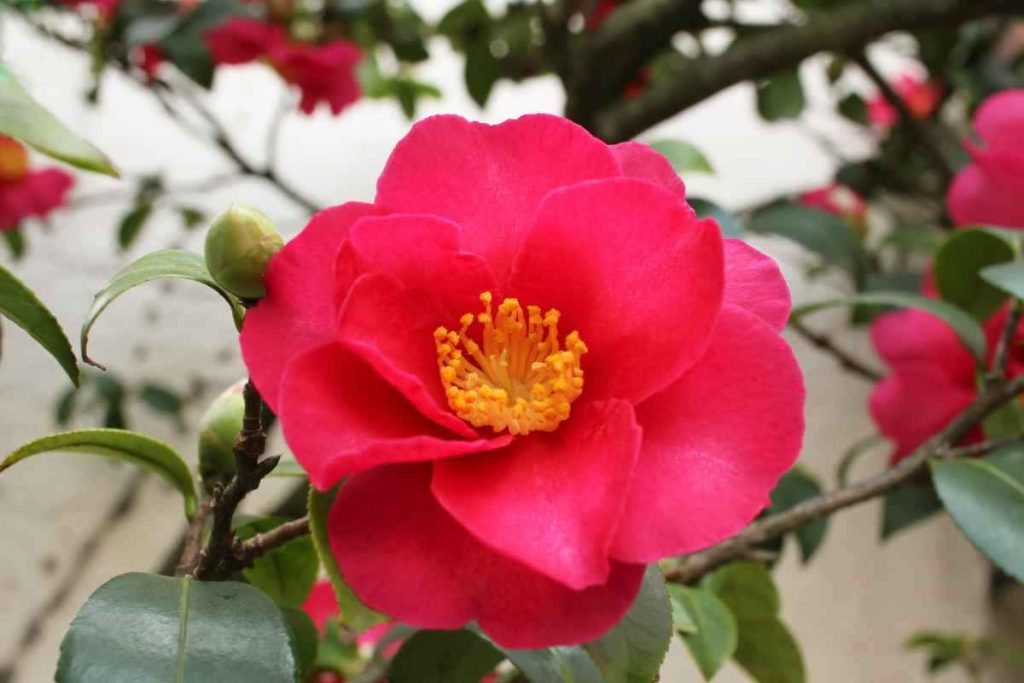

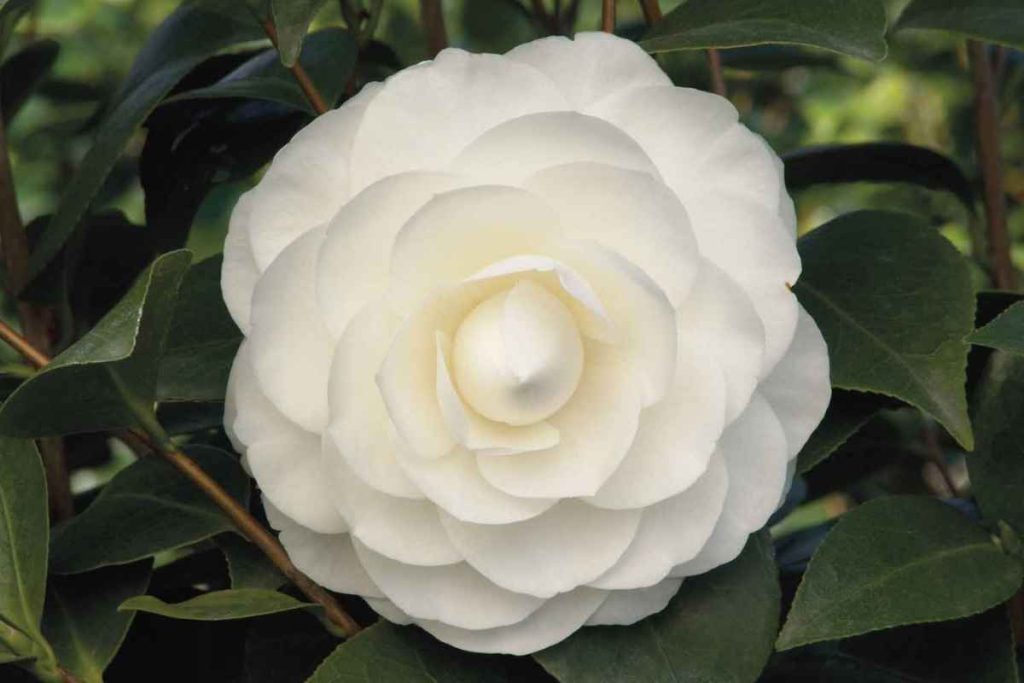
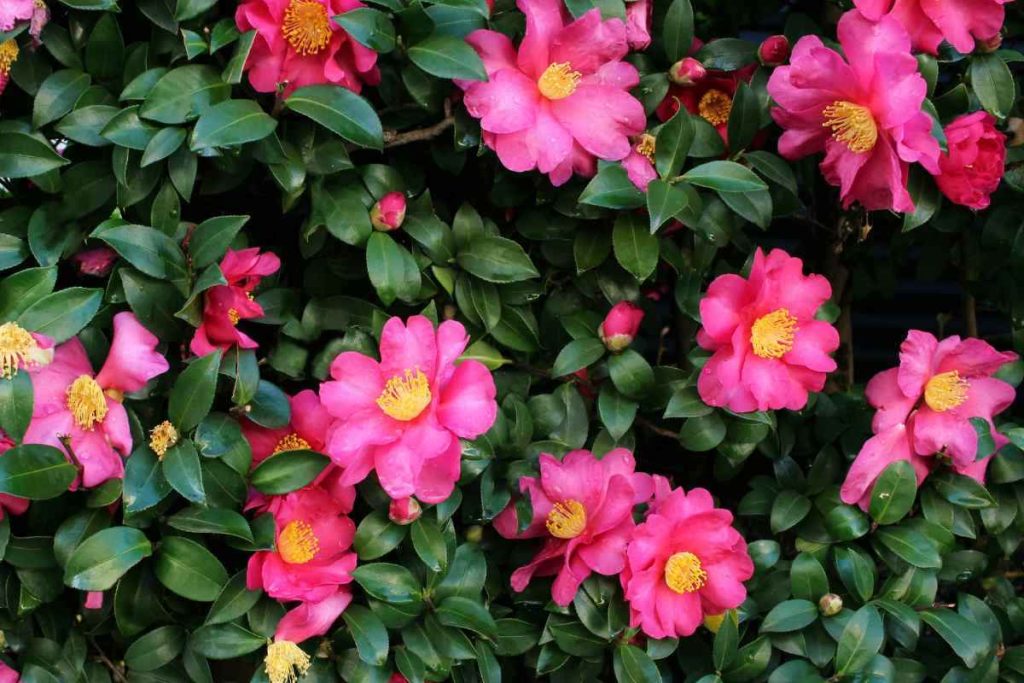
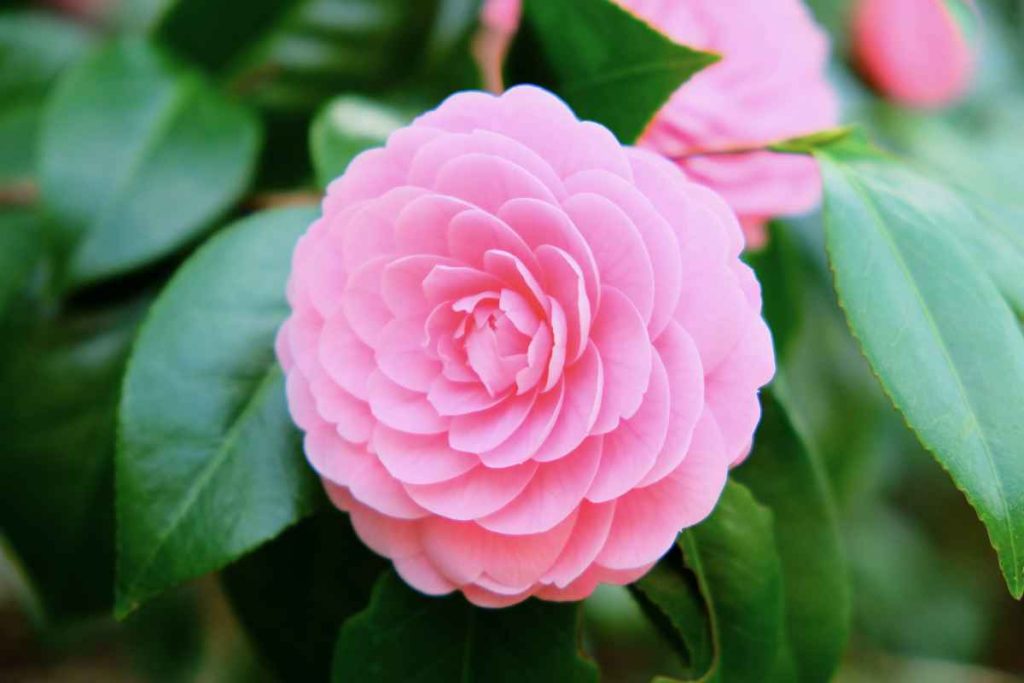
Hellebores
Hellebores, also known as the Christmas Rose, is the winter garden’s undercover heroes, like the secret agents of botanical beauty, thriving in zones 4-9. Keep them thriving well by planting these gorgeous flowers in part to full-shade areas of your garden. These hardy beauties don vibrant blooms from late winter to early spring when most plants are still in winter hibernation. Hellebores come in an array of thrilling colours and varieties such as Helleborus orientalis Pink Lady (the classic and often blush-pink charmer), Helleborus orientalis Blue Lady (a deep wine-purple), and Helleborus niger (white). Hellebores work well as ground cover and in mixed borders. Remember to cut a few of their blooms to add a touch of elegance to your winter floral arrangements, and you’ll have everyone wondering where you got your hands on such exquisite blossoms! Read more about Hellebores, Galanthus and Eranthis in our blog, Top 3 Winter Bloomers in Your Garden.
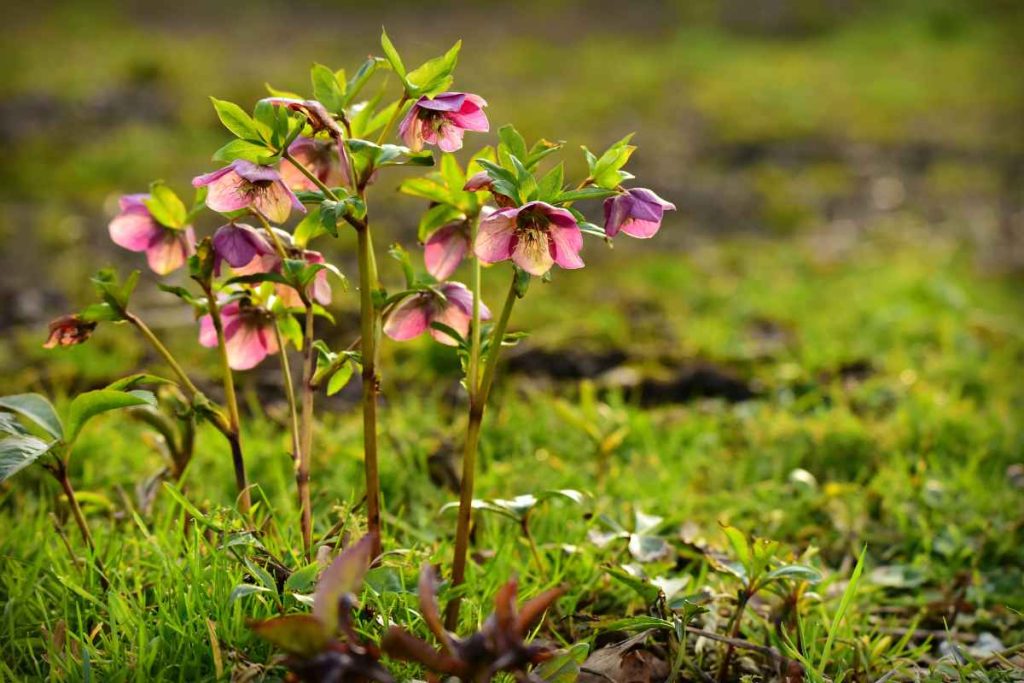
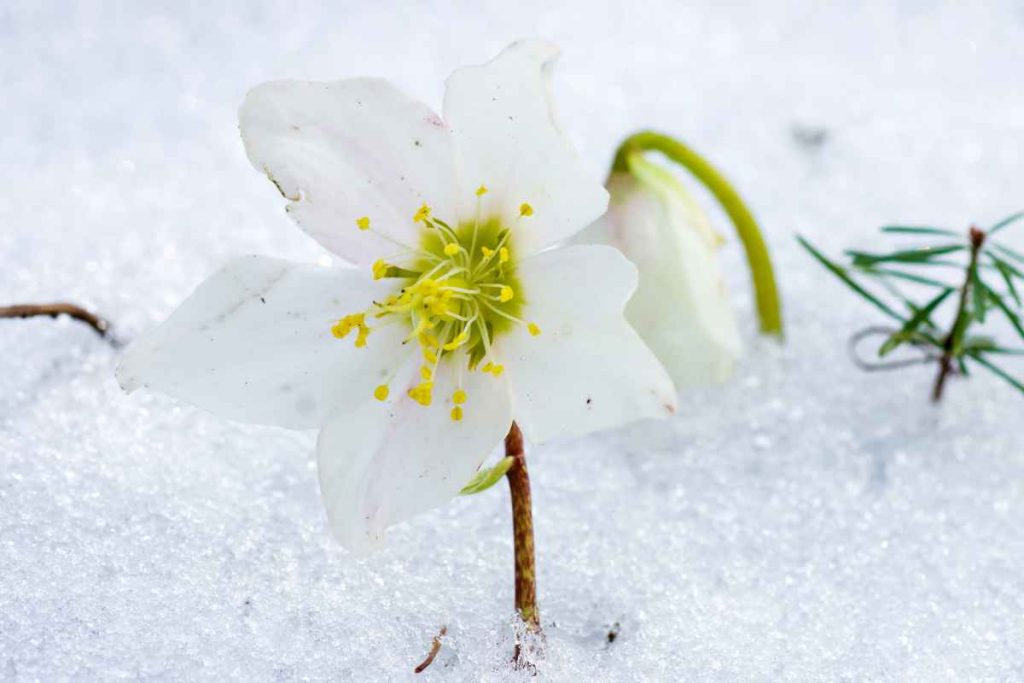
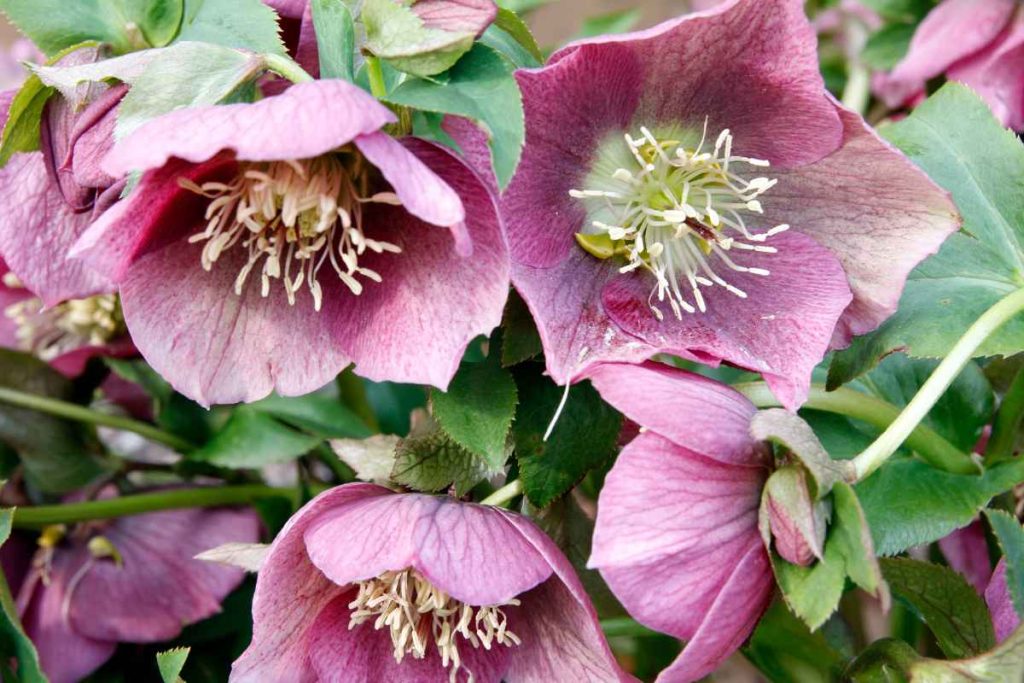
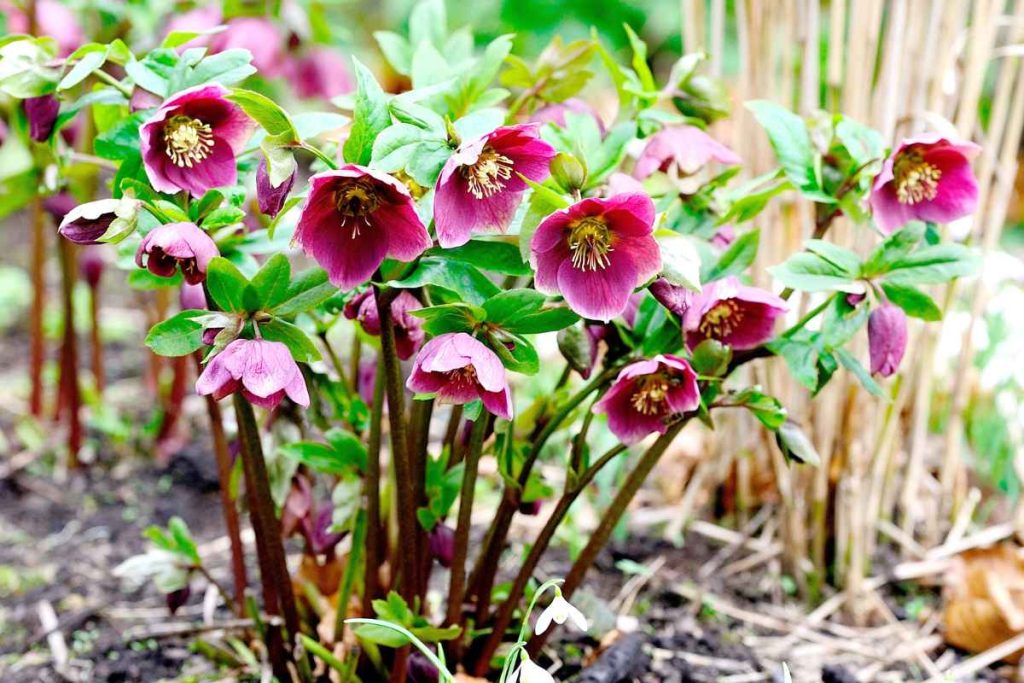
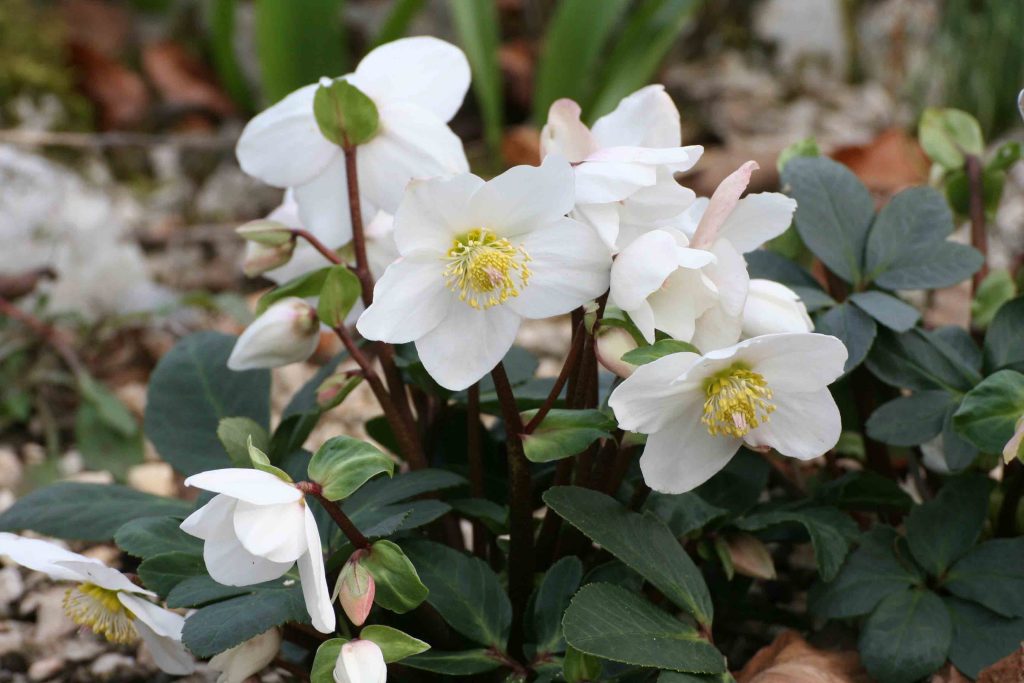
Winter Gardening Tips
Winter gardening comes with its unique set of challenges. One of the most significant challenges is freezing temperatures, which can damage plants and soil. To protect your winter garden, you can add mulch to keep the soil warm and moist. Mulch helps the soil retain moisture and protect your plants from the dry cold winter weather. You can use a variety of organic materials for mulch such as leaves, straw, or pine needles. Just spread a 5 cm (2”) layer of mulch over your garden beds to help protect plants during the winter months. Some outdoor plants may tolerate unpredictable cold weather, but for those that are more sensitive to extreme cold fluctuations, you can still give them some extra protection. Certain plants such as Japanese maples, boxwoods, and junipers are especially vulnerable to the cold. Consider using frost protection cloths and covers for your plants to protect them from harsh winds and frost. Containers are great for planting. To protect your bulbs and plants in colder climates where freezing is an issue, place pots in protected areas, such as against a house foundation or inside a garage, shed, or carport until sprouts emerge in early spring. Make sure to check your containers periodically to ensure the soil stays damp and water when needed. For more information on winter gardening, and jobs to tackle in the garden, check out our blog on caring for your winter garden.
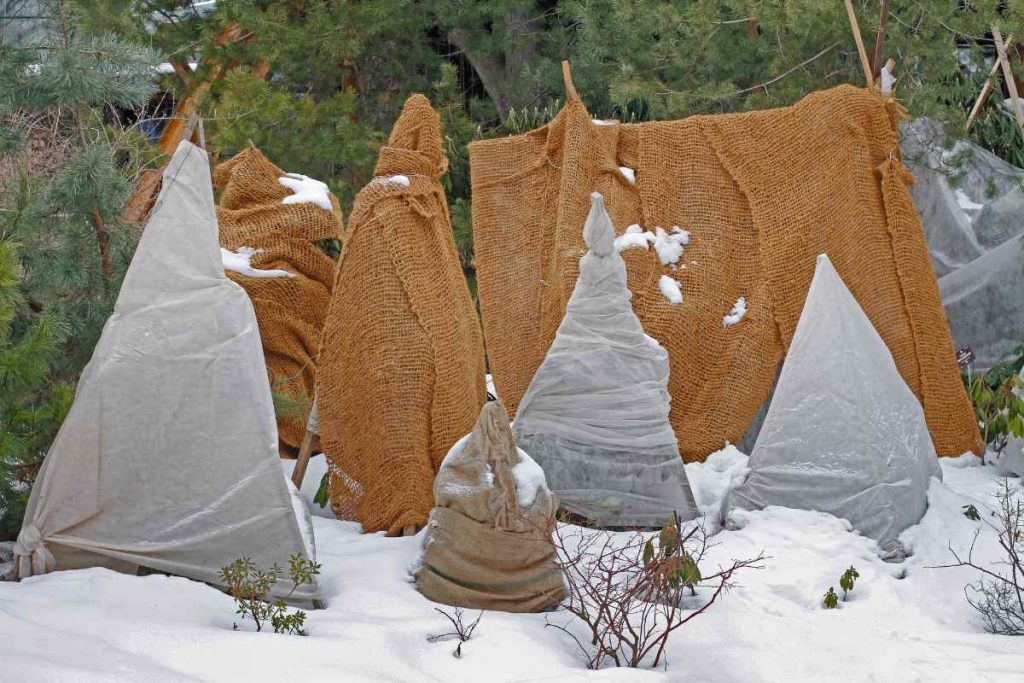
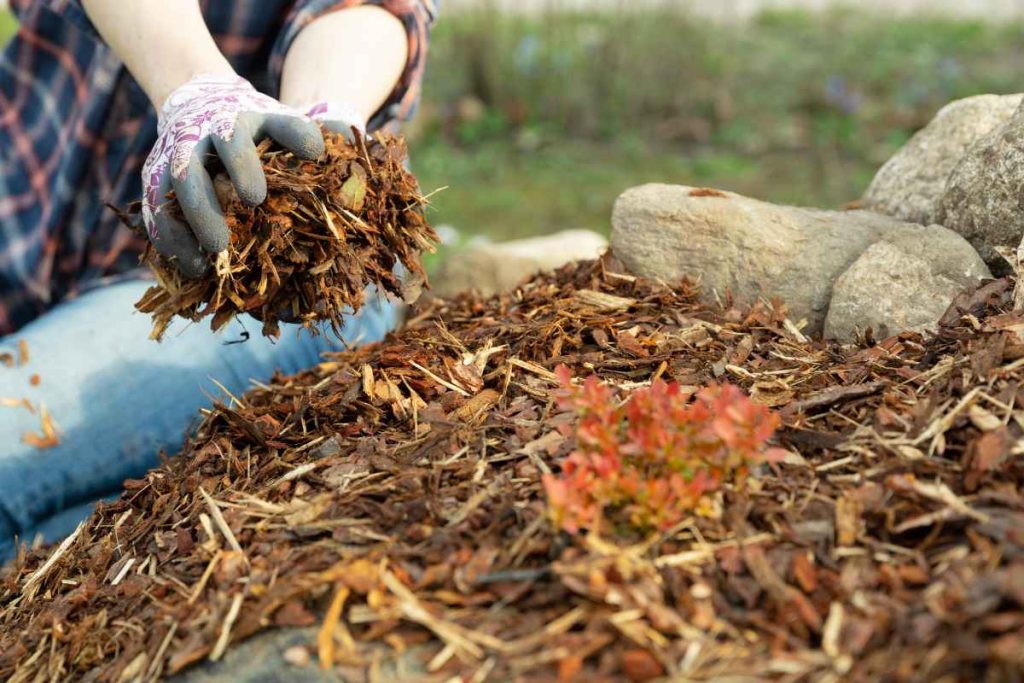
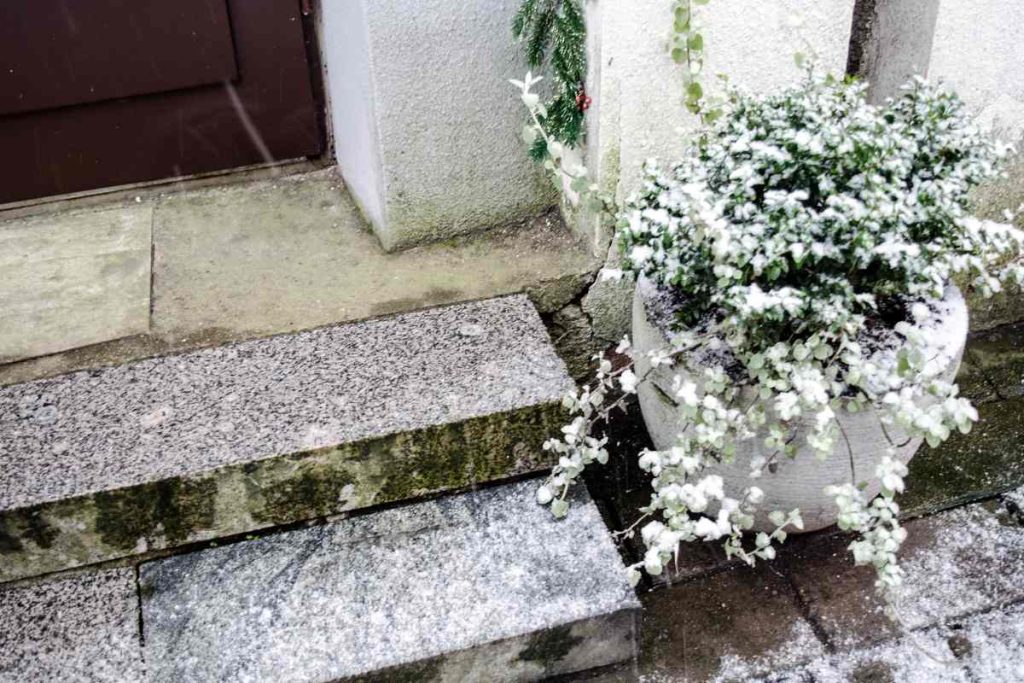
Birds in the Winter Garden
With a beautiful winter garden full of colour, and your plants protected, it’s time to also care for the birds in your garden. Why? Birds are important to the health of your garden, as they work to pollinate, disperse seeds, and help to control insects. So, for all the hard work they do in your garden year-round, reward them in the winter by giving them some extra care. The harsh winter season can be challenging for birds to survive. Providing food and shelter for birds in your winter garden can help them thrive and contribute to the overall health of your garden. Read our blog on feeding the birds in the winter for more information.
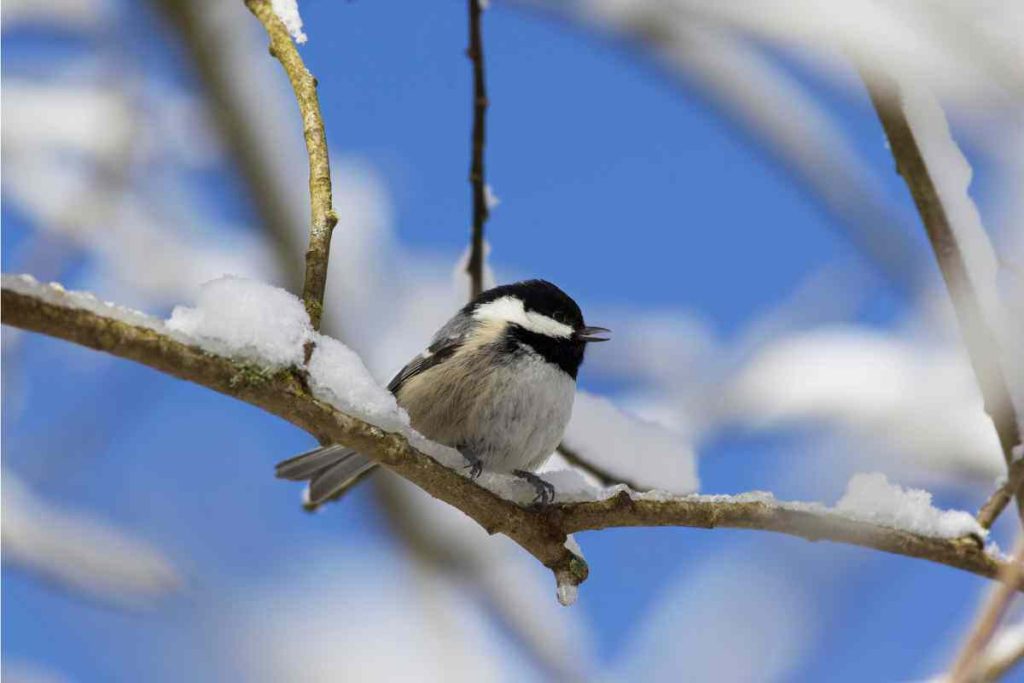
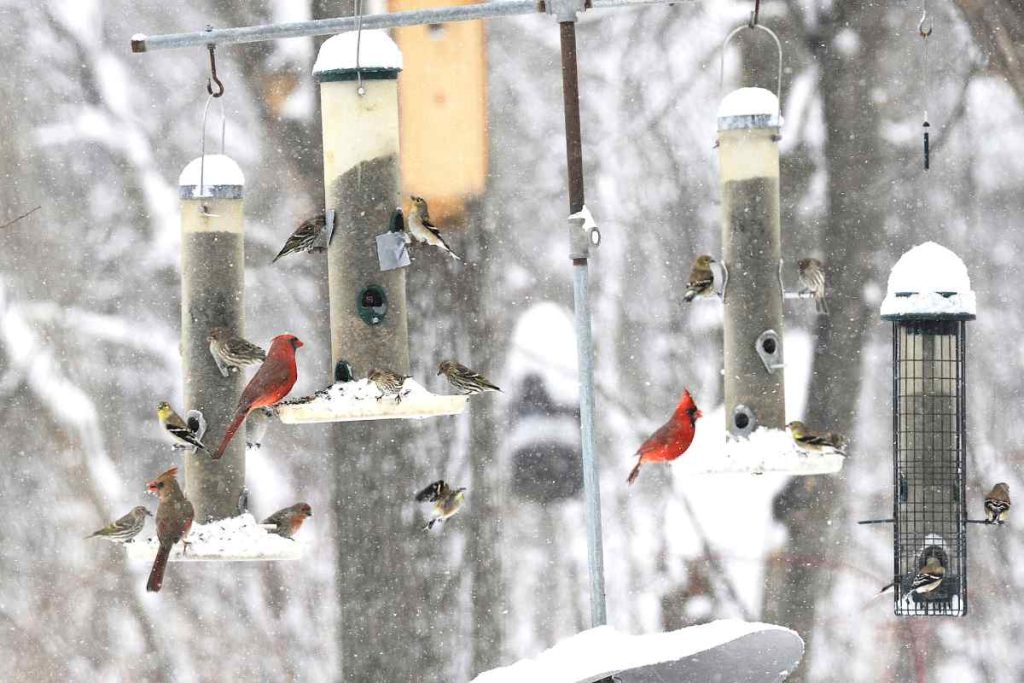
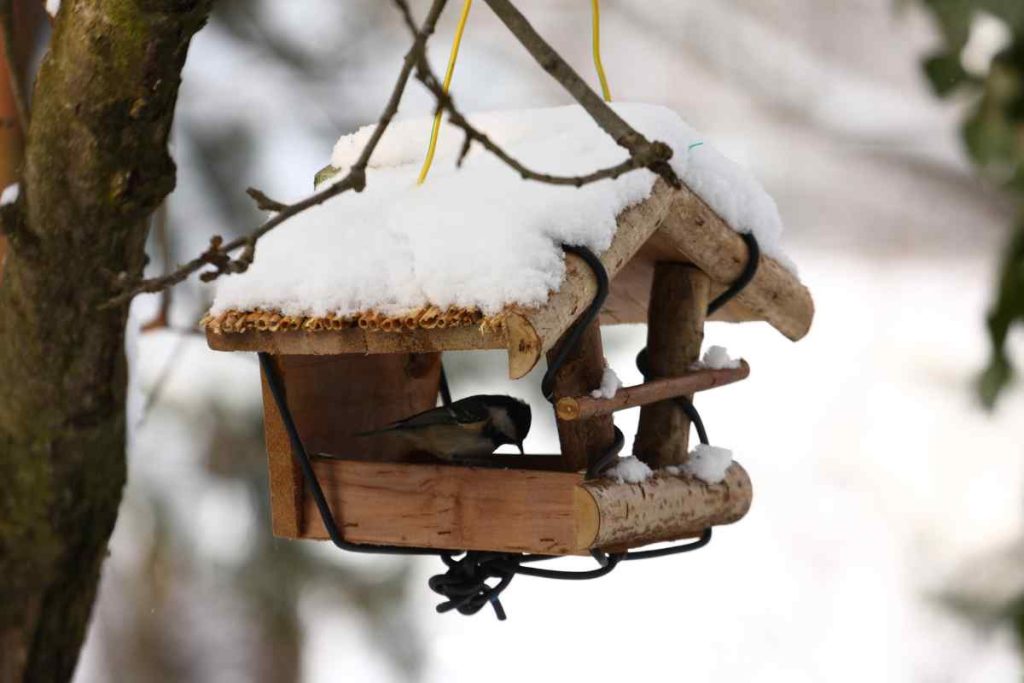
Winter might have its chilly moments, but thanks to delightful blossoms, gardens are brimming with warmth and colour. Never discount the beauty of the garden in winter. Each season has its allure, with multitudes of plants. Remember to plan your winter and spring garden early! Spring blooming flower bulbs need to be planted in fall, and plant your perennials and shrubs (camelia, viburnum, daphne, and hellebores) in either spring or fall to ensure your plants get established to grow healthy and strong!


